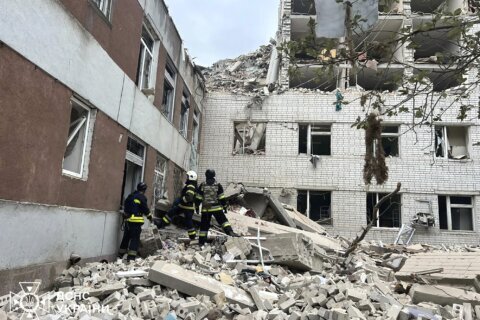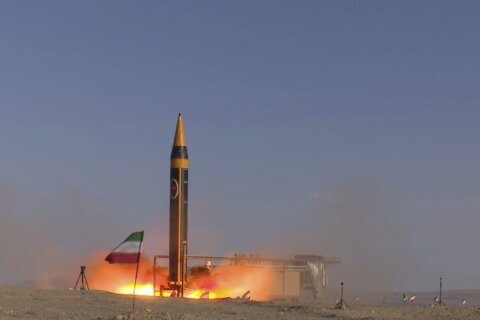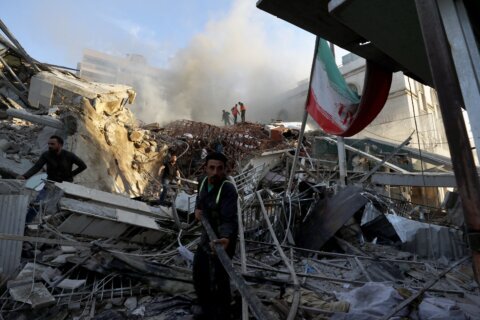BANGOR, Wash. – Walking down the narrow staircase into the USS Maine is like walking into another world. That’s because it is.
They operate on an 18-hour clock instead of a 24-hour time system. What that means is the day for the 150-person crew is split up into three six-hour parts: one part duty or watch, one part training and one part sleep. There are four meals a day. There is one point in the day when breakfast and dinner are served at the same time, because there’s one part of the crew that is starting the day while another part is ending the day.
Maintaining the routine is important on all U.S. Navy submarines. As a virtually undetectable and potent weapon, it’s a key cog in the U.S. strategic defense plan. But the Maine is one of a group of ballistic missile submarines that carries an extra burden.
“Our No. 1 mission is to provide survivable, second-strike capability,” says Cmdr. Richard Massie of the USS Maine (Gold Crew). In the unlikely event that a destructive nuclear attack were launched against the U.S., the USS Maine and 13 other Ohio-class ballistic submarines, if called directly by the president of the United States, would rise up from the deep waters of the world like sea monsters, each carrying 24 Trident II D5 ballistic missiles.
These missiles carry Multiple Independent Reentry Vehicles (MIRV). That translates to something akin to a huge firework launched underwater. When it reaches a certain point in its trajectory, it launches several smaller nuclear warheads that are locked on to a target or several targets. When they find their target or targets, there you have the “second strike” of which Massie spoke.
The Navy has 18 Ohio-class ballistic missile submarines (SSBN). The 14 Trident II SSBNs together carry approximately 50 percent of the total U.S. active inventory of strategic thermonuclear warheads. The exact number of warheads deployed in the oceans of the world is unknown, but one thing is clear: The USS Maine is among them.
The USS Maine is so advanced that it would take three or four surface ships to cover the same amount of area.
In a video the Navy put together on its SSBNs, one submariner said, “Stealth is our bread and butter. It’s easier to find a needle in a haystack than it is to find us out in the ocean.”
A retired submariner told me, “Any adversary who might stumble upon us in the deep would be well advised to turn around and run.”
Related Story:
Follow @WTOP on Twitter.







